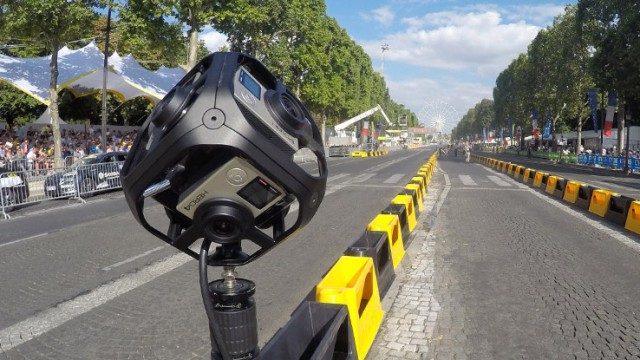
It’s not that heavy so it didn’t get in the way all that much.įusion records to two separate SD cards, requiring you to do one step that is less than ideal – the “stitching” phase – if you’re on the computer. In this video I had my Fusion on the extendable pole it comes with, but I strapped that to the end of my ski pole, so I could still hold my poles and ski as normal. There’s no gimbal contraption to hold or cables or batteries outside of the camera, it’s just the camera mounted to anything! The last thing is the notion that it erases whatever it’s mounted to, so the camera looks like it’s floating. I had my fusion in probably the most wobbly mount going all over the place, yet the final product looks like a gimbal. The next big thing it offers is stabilization. Is that cool? I think so! It became much more cool to me when I had all the plugins installed in Premiere and it came time to edit. It captures everything around you so later you can go back and watch it from any direction. The biggest thing is probably being able to have the freedom of seeing a moment from any angle. It has voice control, it’s waterproof, and it goes in all the same mounts you already have.įirst off let’s answer why use a Fusion in the first place. GoPro’s Fusion isn’t the only thing out on the market, but the nice thing is using it feels pretty familiar to your average GoPro user. It takes a little bit of digging around in the mud, but so far with a little bit of exploration, I’ve been pretty pleasantly surprised with the possibilities.


Things like “well what do I use it for?” or “How can I share it?” or “How do I deal with the footage?” are all too common in the 360 space. It was the first real pow run of the season, so I was definitely dusting off the cobwebs a little bit! The idea of 360 cameras is all a little hazy simply because it kind of takes a lot to wrap your brain around a few basic questions. I took the GoPro Fusion camera for a rip at Mammoth during the latest storm cycle.


 0 kommentar(er)
0 kommentar(er)
